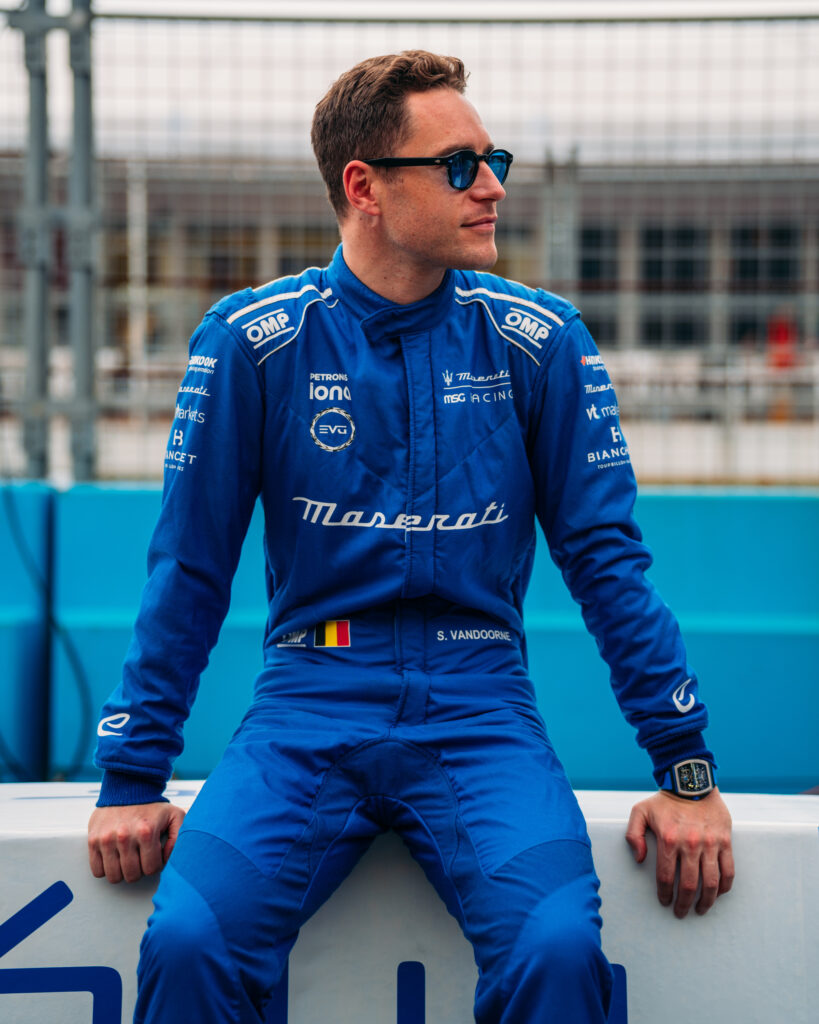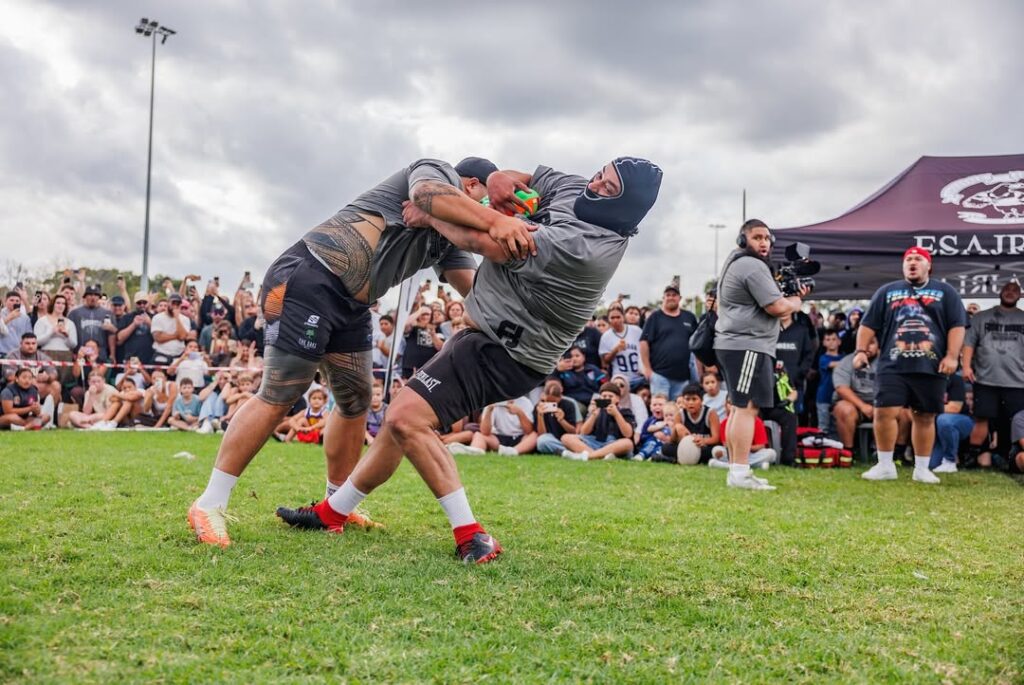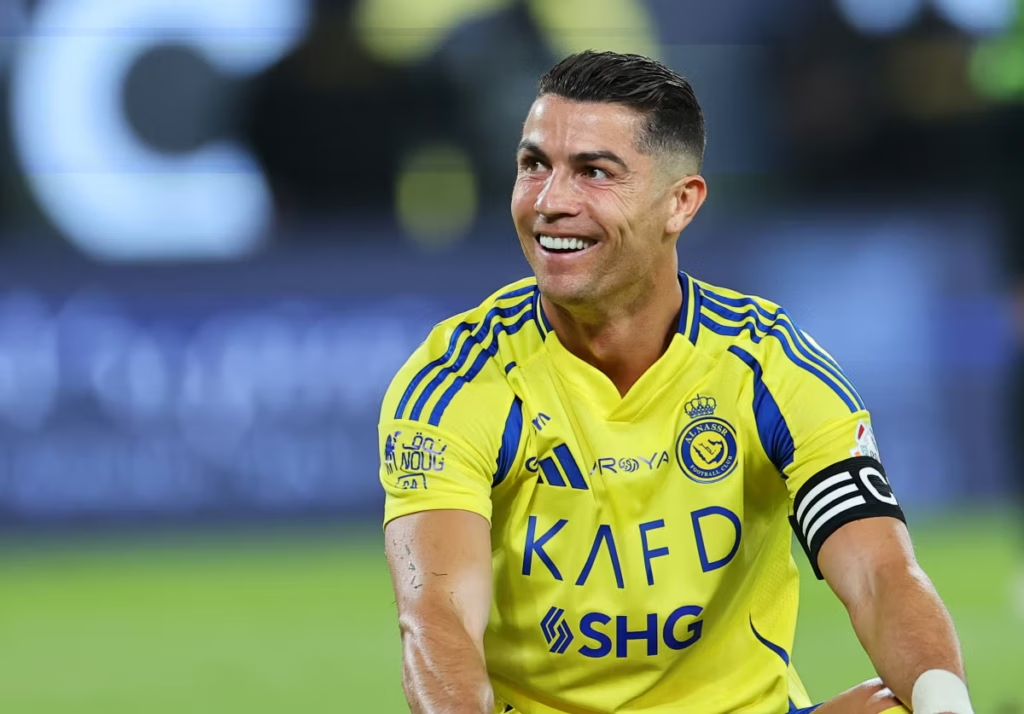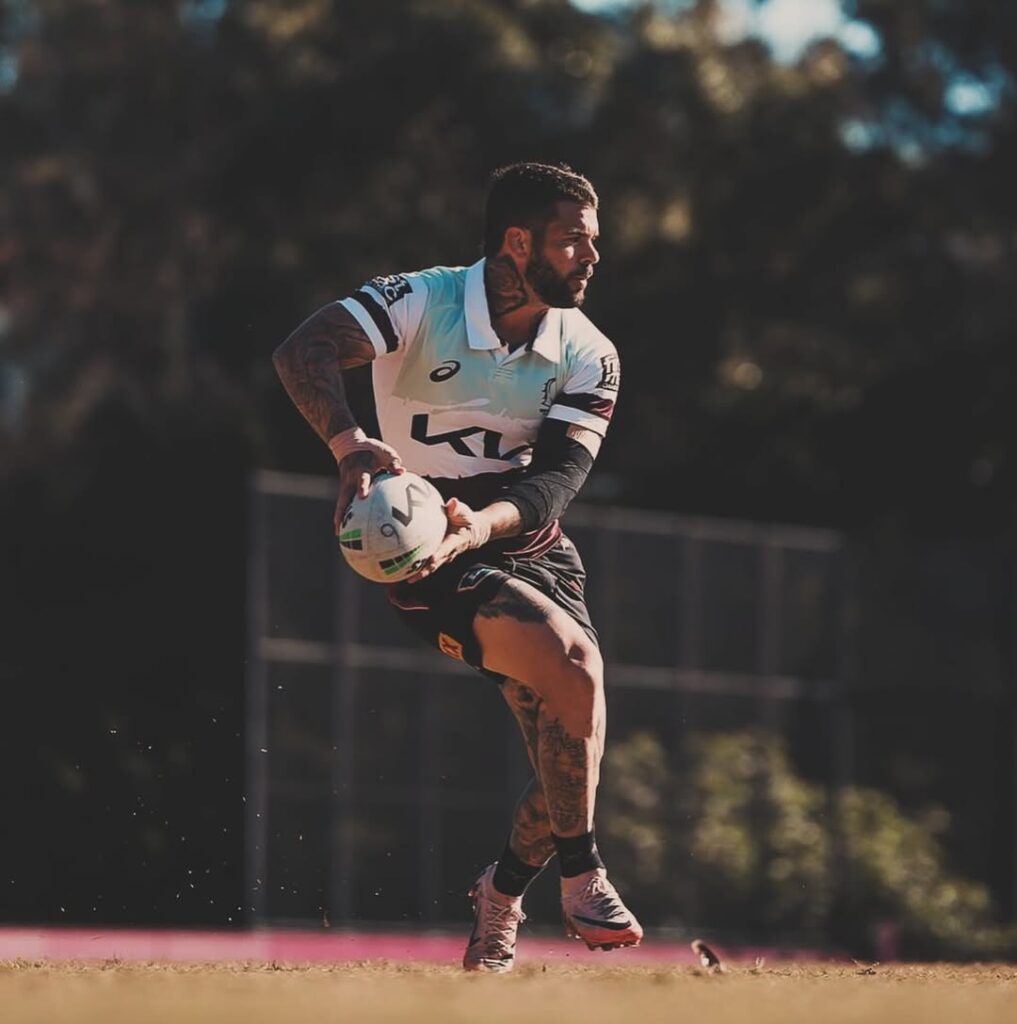Back when I was an infants-school kid who daydreamed about rugby league, my father would say to me: “Learn to play tennis, boy. It’s the most socially useful game.”
Though at the time I didn’t fully grasp his meaning, I got the gist. On weekend afternoons, Dad relished trading net-skimming groundstrokes with friends and neighbours on the grass court at the top of our street, the hitting interspersed with long spells in deck chairs, chatting and chortling away while sipping on booze. Such a pastime was contingent upon being a semi-competent player, he was telling me.
So, at age nine, I started taking group lessons run by the Cameron-Souter Tennis School, which was spearheaded by two no-nonsense women. And I fell in love with the game – a love that persists to this day.

Guys will always have their preferred sports based on myriad factors, but to me, tennis is king. You’re outside; you’re sweating; you’re whacking balls; you’re testing yourself physically, strategically and psychologically; and you’re doing all this without the threat of being knocked on your arse. You’re also upping your chances of reaching 90: famously, the Copenhagen City Heart Study, which followed nearly 9000 people for 25 years, found that regular tennis added an average 9.7 years to players’ lives compared to non-exercisers.
For many recreational players, you’ll find, a common reason for drifting away from tennis is the sense of their game plateauing or, worse, going into reverse. Both scenarios can be frustrating to the point where you’d rather spend your Saturdays bushwalking than making the same old blunders on the synthetic grass of your local court.
Choose Your Weapon
Give yourself every chance at advancement by pulling a high-quality racquet out of your bag. Here are Thompson’s picks from a field he says is uniformly strong.

Beginner
Head Titanium T1.S6
Enlarged head and light weight will suit the player still acquiring the basics. $200; rebelsport.com.au

Intermediate
Wilson Ultra 100 v4
Spin and power for the player looking to take charge. $370; rebelsport.com.au

Convinced my own game has problems that aren’t going to fix themselves, I shake hands this early Tuesday morning with Steve Thompson, head coach at the Mills Park Tennis Centre in northern Sydney. A Tennis Australia-affiliated coach, Thompson has been coaching players of all levels for more than 30 years. He’s also the father of Jordan Thompson, the intense Aussie pro who’s reached as high as No. 43 on the ATP rankings. Kind, quick to laugh, patient, Steve Thompson comes across as exactly the kind of guy I’d like coaching me, but he’s the first to admit that different coaching styles work for different players.
Before stepping onto Court 1, we chat for a bit on the benches in front of the pro shop.
What standard of player does he prefer coaching? “My preference is the player who wants to learn,” Thompson says. “The one who wants to be there.”
Of course, before you’re a player whose game’s stagnating, you’re a beginner. And beginners would benefit from starting under the guidance of a qualified coach rather than a well-meaning mate, Thompson argues.
“You want to get correct technique in place straight away because then you’re up and running,” he says. “You don’t want to hit a thousand balls with faulty technique, because then it’s going to take 2000 balls to fix it up when you do go to a coach.”

On the back of lessons, you’ll decide for yourself when you’re ready to put your game to the test at an office tennis day or a hit with an old high-school body. Some guys learn the game quickly; others need more time and may have a lower threshold for what they’d call “embarrassing themselves” in public. The forehand tends to become workable quicker than the serve.
If even a little muscle memory can be an impediment to learning, what hope is there for the guy who’s been practising flawed technique for 20 years or more? Thompson is unfazed.
“If you look at every player from the beginner to the professional, there are always areas of his game that he can improve,” he says. “It’s for the coach to identify those areas and then fix them.”
A thousand things can be subtly or blatantly wrong with your game. Most often, though, Thompson makes grip adjustments to promote more reliable shots, as well as stroke-production changes – smoother takeback, looser wrist, longer follow-through – directed towards the same end.



Sweet progress
Enough chitchat. I strip off my outer layers, grab my Wilson frame and head onto court with my new coach.
“What are we focusing on?” he says.
My two-handed backhand, please, I say. “It’s too darn flat.”
You need shape, or loop, to be consistent from the baseline. Topspin gives your shots clearance over the net, before pulling them down within the lines. If you hit anything like, say, Rafael Nadal, the ball will then spit high and hissy off the court surface like an angry snake. My backhand ball too often resembles a cat in flight, or else rifles uselessly into the net.
Standing at the net, Thompson feeds a bunch of balls to my backhand, watches me intently.
“Your backhand’s okay,” he says. “Just think about a couple of things. One, really set yourself for each stroke. Minimise unnecessary movement. And two, loosen those wrists. Low to high! You want them dipping and breaking under the ball and then accelerating through impact.”
Intellectually, I know these things. I’ve been reading about them for years in instructional tennis books. But it’s one thing to know and another thing to do. Having a flesh and blood coach there instructing you . . . that promotes doing.
I hit another 30 backhands and they become gradually more pleasing: better sound off the racquet; better arc; more power. It’s exhilarating. I’m instantly transported to my next match, imagining a look on my opponent’s face that says, WTF!
“Man, your backhand was great today,” he’ll say afterwards. “What’s the story?”
“No story,” I’ll say. “I’ve just begun another stage of my tennis journey.”
5 Pro Tips to Raise Your Game
To be a complete player, says Thompson, you need to cover off the physical (fitness), mental, technical and strategic demands of the game. Here are five of his best, all-inclusive pointers.
1. Loop the Loop
For top-spun forehands and backhands, think low to high, “ensuring the racquet head comes from below the ball pre-impact,” says Thompson.
2. Net Gains
“Volley less with your hands than with your feet. Fast feet for power. If you look at the better volleyers, there’s minimal hand movement.”
3. Stay on Your Toes
“I always like my students moving around the ball, always with little steps.”
4. Smash Hit
When you’re still mastering the overhead, use a little spin (slice) for control, “and turn side on with the racquet tucked before backpedalling.”
5. Anger Management
Few players can maintain their level as the rage builds. Find a way to subdue it, through deep breathing, straightening your strings or reminding yourself this is just a game.
Net Gains
Once you’re ready to put your tennis skills to the test, grab your mates and hire your nearest tennis court at: play.tennis.com.au















